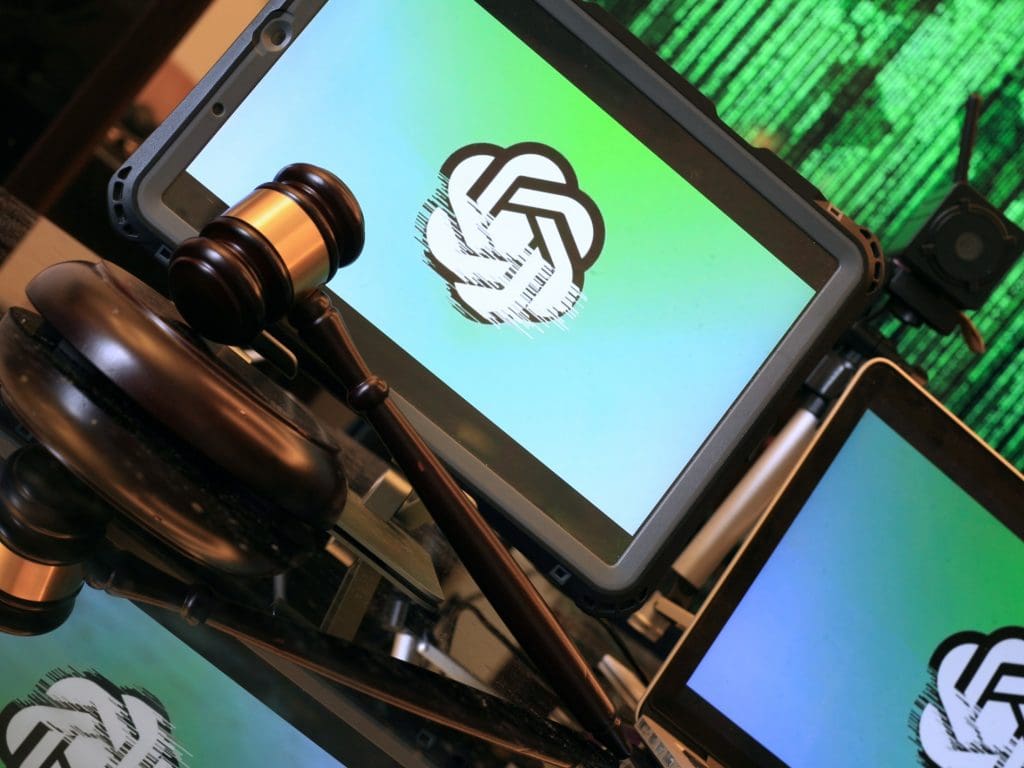In-Short
- AI advancements pose new cybersecurity threats, challenging detection efforts.
- Organizations implement AI policies but still feel unprepared for AI-driven attacks.
- Key strategies include data encryption, employee training, and advanced threat detection.
- Combining traditional cybersecurity with zero trust and PAM is crucial for defense.
Summary of AI Cybersecurity Challenges
As artificial intelligence (AI) continues to evolve, it brings about sophisticated cybersecurity threats that challenge traditional detection methods. A study by Keeper Security reveals that while many organizations have adopted AI-related policies, a significant number still feel inadequately equipped to handle AI-powered cyber threats. Despite 84% of IT and security leaders acknowledging that AI tools have made phishing and smishing attacks harder to detect, 81% have implemented AI usage policies, and 77% are confident in their knowledge of AI security best practices.
Strategies Against AI-Driven Threats
Organizations are actively deploying strategies to combat these AI-driven threats. Data encryption is a primary defense for 51% of IT leaders, while 45% focus on employee training to recognize AI-driven phishing and smishing. Furthermore, 41% are investing in advanced threat detection systems to improve their response to sophisticated AI threats.
Importance of Fundamental Cybersecurity Practices
Despite the rise of AI-driven cyber threats, fundamental cybersecurity practices remain essential. These include data encryption, employee education, and advanced threat detection. Organizations must continuously re-evaluate and adjust these measures to stay ahead of emerging threats. Additionally, advanced security frameworks like zero trust, which requires continuous verification, and Privileged Access Management (PAM), which secures sensitive accounts, are recommended to enhance organizational resilience against complex AI-driven attacks.
Darren Guccione, CEO and Co-Founder of Keeper Security, emphasizes the importance of reinforcing cybersecurity fundamentals and adopting advanced security measures to build resilient defenses against evolving AI threats. The integration of traditional practices with modern approaches such as zero trust and PAM is vital for organizations to maintain a competitive edge over developing AI-powered threats.
Further Reading
For more detailed insights into the challenges and strategies for AI cybersecurity, please visit the original source.
Footnotes
Image credit: Growtika on Unsplash










